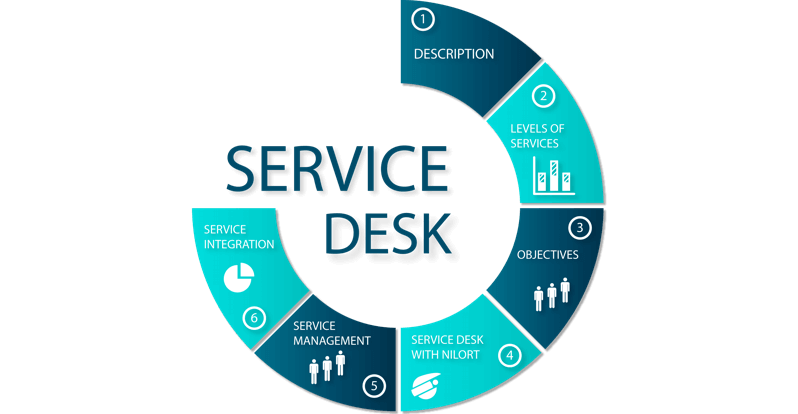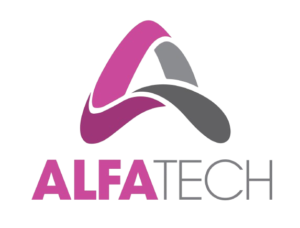
An IT Service Desk is a centralized point of contact for users seeking assistance with IT-related issues. It acts as a bridge between end-users and IT support teams, helping to manage incidents, requests, and service disruptions efficiently. Here’s a brief overview:
### Key Functions
– **Incident Management**: Logging and tracking user-reported issues until resolution.
– **Service Requests**: Handling requests for software, hardware, and access.
– **User Support**: Providing first-level support for troubleshooting and guidance.
– **Knowledge Management**: Maintaining a knowledge base of common issues and solutions.
### Skills Required
– **Technical Proficiency**: Understanding of software, hardware, and networks.
– **Communication**: Clear and concise communication with users and technical teams.
– **Problem-Solving**: Ability to diagnose and resolve issues quickly.
– **Customer Service**: Providing a positive user experience.
### Tools Used
– **Ticketing Systems**: Software like ServiceNow, Jira, or Zendesk to track incidents and requests.
– **Remote Support Tools**: Applications that allow technicians to assist users remotely.
– **Knowledge Bases**: Repositories of FAQs and troubleshooting guides.
### Importance
A well-functioning IT Service Desk enhances user satisfaction, minimizes downtime, and contributes to overall organizational efficiency. It’s a critical component of IT service management (ITSM) and ensures that IT resources are aligned with business needs.

support@alfatechadelaide.com.au